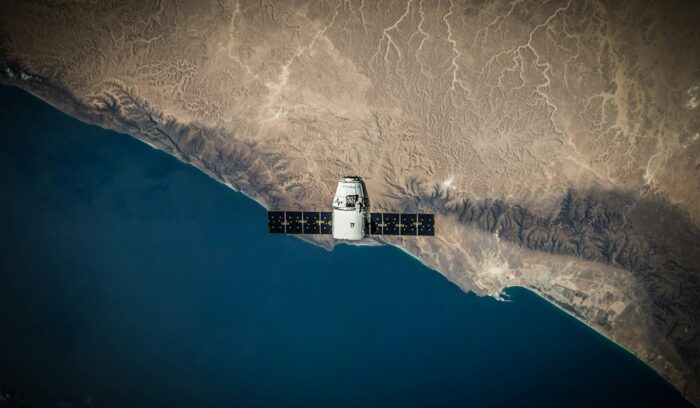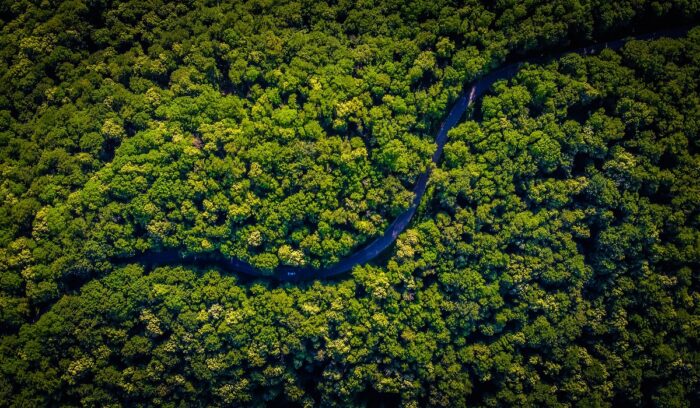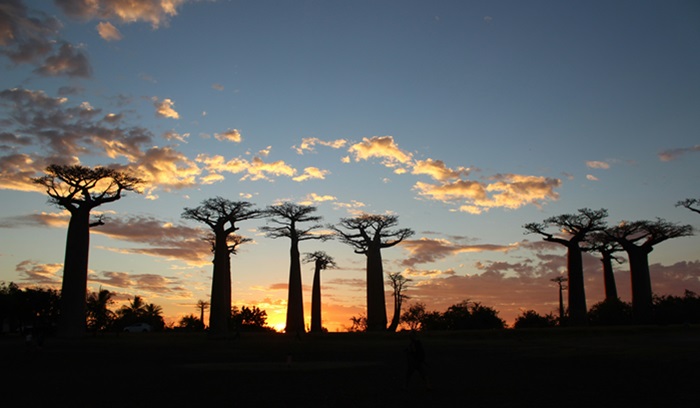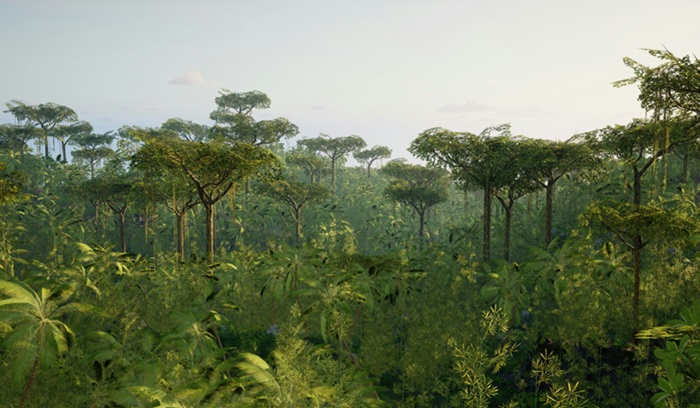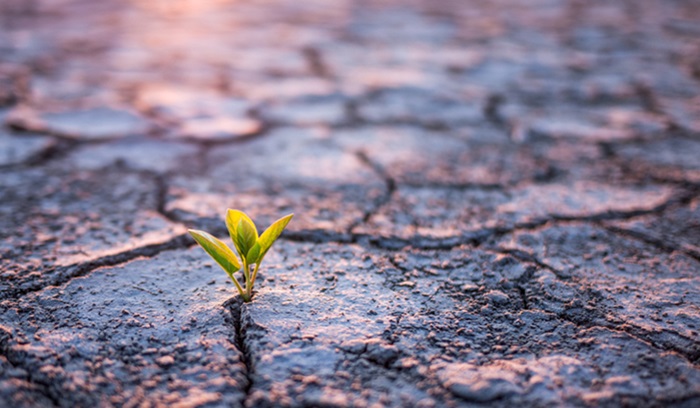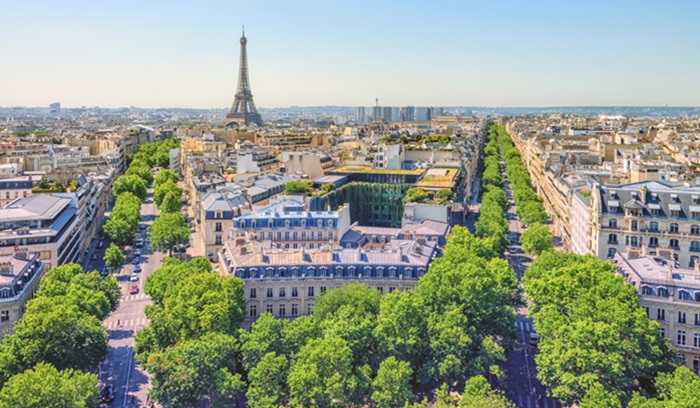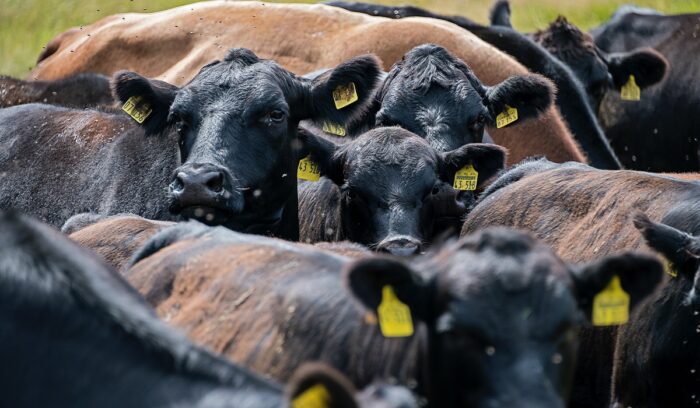Brazilian judge orders seizure of illegally cleared lands in the Amazon
Justice Flávio Dino of the Brazilian Supreme Court has directed the government to seize private lands where forests have been illegally razed. By one estimate, more than half of the forest lost in the Brazilian Amazon has been on private lands. The ruling also calls for halting the process known as regularization, by which land grabbers are granted title to stolen lands, even when they have illegally destroyed forest on those lands. The decision, which may be appealed, further requires the government to seek compensation from landowners who have destroyed forest.



